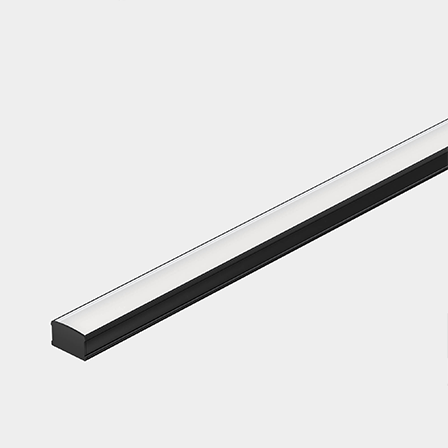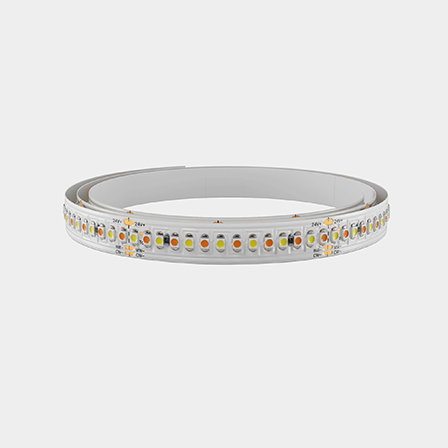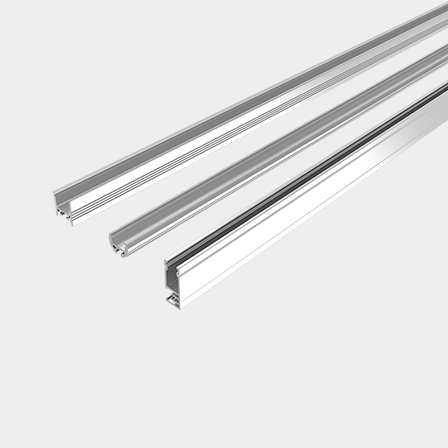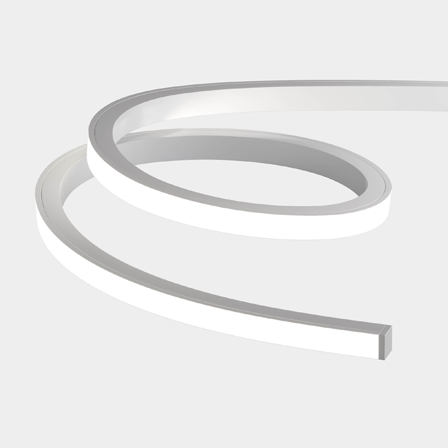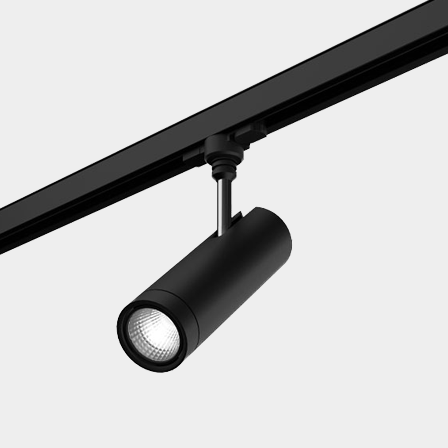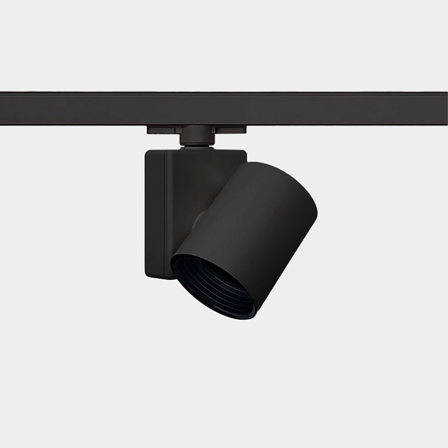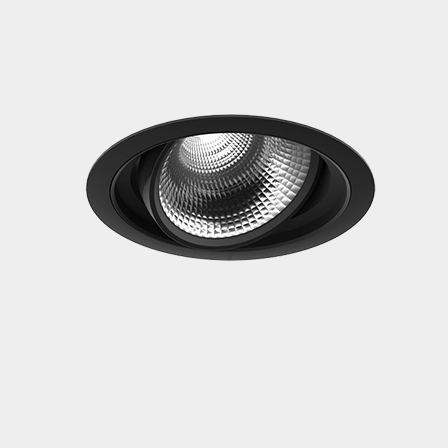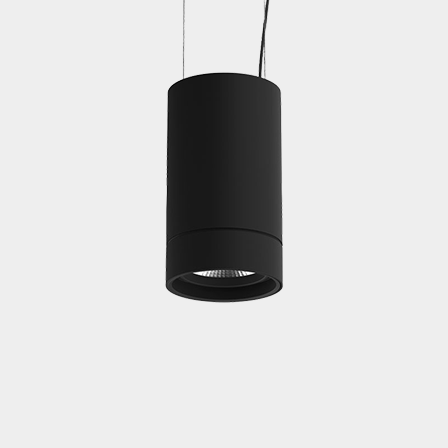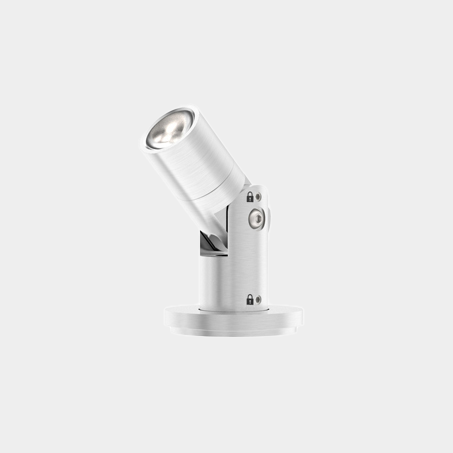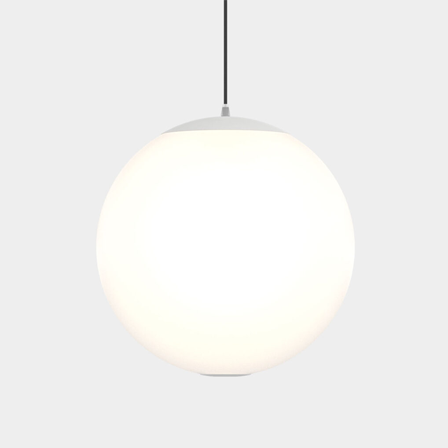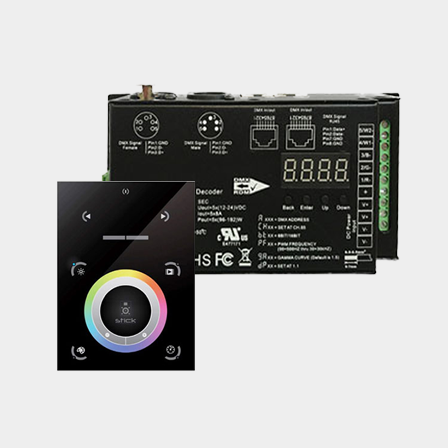iilluminati: Ryan Raica-Scallan
When working with Ryan Raica-Scallan, Luminii’s clients enjoy the best of both worlds: the brilliance and creativity of a lighting design firm, and the agile, problem-solving nature of a lighting manufacturer.
Before taking on his current role as Luminii’s Director of Sales covering the Northeast and Midwest, Raica-Scallan was a lighting designer. He applied his education in theatrical lighting to add drama and flair to spaces across a variety of markets, including hotels, casinos, restaurants, concerts, and even theme parks.
Now, Ryan works on the manufacturing and sales side of the lighting design field tapping into his experience as a lighting designer to help Luminii’s specifiers bring complex ideas to life, in addition to solving challenges they face on a regular basis.
We sat down with Ryan to learn more about his career and collaborative approach to working with lighting designers, specifiers, and architects. Continue reading to learn how he helps Luminii’s clients tell their unique stories with light.
Tell us about your career as a lighting designer. What drew you to the field?
My background is in theatre. I attended Southern Illinois University Edwardsville, where I majored in theatrical design, specializing in lighting, and minored in business marketing. After graduation I really didn’t want to box myself in and only focus on theatrical or dance lighting, I also had a passion for architecture. I was interested in all aspect of how ls transformative. My senior year of undergrad I was a production intern for Live Design International. While networking, I met one of my mentors and that turned into an opportunity to work at Visual Terrain, Inc., in Southern California. Visual Terrain’s work spanned hotels, casinos, restaurants, TV, film, concerts, and multifaceted productions like the Olympics. We were able to focus on a lot of different market segments, which kept things interesting. I found that I loved collaborating and designing museums and theme parks, and we did a lot of that as well.
After about four years in California, I was ready for a new chapter in my career. I had an opportunity to meet with Brian Orter of Brian Orter Lighting Design (BOLD). What was supposed to be a 20-minute conversation turned into two hours and a job offer, which I enthusiastically accepted.
When I started at BOLD, I became the first full-time employee : It was only me and Brian Orter. We had a part-time designer draftsman and office manager. Over the course of five years, the company grew to more than 15 people in New York, and we also opened an office in California. It was exciting to be part of that growth and that dynamic period, watching things ebb and flow.
That’s when you transitioned to Luminii. What prompted that move?
My time at BOLD was great, but after roughly five years, I decided I wanted to seek out a new challenge. I was curious and wanted to learn more about what happens behind the scenes on the manufacturing and sales side. It was also a great opportunity for me to use my business marketing background. Whenever I met with developers or architects while working as a lighting designer, I was always very conscious of how people presented themselves. How do you present your personal brand? How do you present your business brand?
Over the course of my design career, I had the opportunity to go on many specifier trips and visit manufacturers in different cities, states, and countries. I found it interesting and inspiring to meet all of these amazing, talented designers from other firms, but at the end of the day, those people are your competition. Now that I work on the manufacturing side, I get to work and collaborate with those designers. I find it extremely rewarding to be able to help them tell their stories.
Do you ever miss working as a lighting designer?
In some ways, yes, I do. But I find it incredibly fulfilling to sit down with very talented designers across the country and help them push their unique ideas forward. One of the things I love about Luminii is that the company is very responsive to client feedback. I listen to designers during our meetings and then go back to the factory to tell the Luminii team what we need. Can we develop this mounting clip or this bracket? Can we change or modify this fixture? It’s fulfilling to make that impact in the design community by helping create products that were initially just an idea on a piece of paper.
Part of the company’s success stems from the fact that our leadership listens to and appreciates feedback. The only way to grow is to constantly assess what we do well or don’t do well. What do we need to do to improve? That’s how we influence and implement change. That’s how we innovate. You need to have that competitive edge in everything you do, whether it’s coming up with a new marketing pitch or creating a new design.
What is a common challenge lighting designers face? How do Luminii’s products solve that problem?
I learned very early in my career that when it comes to under-cabinet or toe-kick lighting, you always have to ask: What are your finishes? Are your floors or your countertops honed? Is it a matte finish, or is it a polished high gloss? If you have a polished surface and your light source does not have a dot-free lens, you have now created a mirror that reflects dots.
With that in mind, Luminii added a chart to our cut sheets years ago that shows which fixtures and which lensing are dot-free. There are labels for visible dotting, where you see all of your dots; slight dotting, which is a mostly blended look but still shows some dotting; or, no dotting, where there’s a straight line of light. We have options to go dot-free in all of our channels. That is especially important in the world of hospitality and high-end residences. If you’re working with high-end finishes, you want clean lines of light.
What sets Luminii apart from other lighting manufacturers?
Luminii is known for very high color rendering. We have a reputation for impressive color, and that goes back to our founder, Laurentiu Vlad. From the beginning, he’s been obsessed with color consistency, with high CRI values that are going to pop your reds, your greens, your blues.
Early in the development of LEDs, the color rendering was low. It looked kind of grayed out, really dull or almost green. As technology advances, we continue to advance at Luminii. Last year, we made an update on all of the LED chips for our LL series. It’s all now 95+ CRI.
If you look at residential and hospitality lighting applications, there are usually rich finishes and a lot of color. We want to make things look vibrant. Restaurateurs are accustomed to incandescent lights. When an incandescent source dims, it gets warmer. That hasn’t historically happened with LEDs depending on the technology. But now, with warm dim technology, you get a high color rendering so you can get into those warm, buttery tones.
As a former lighting designer, what skills do you bring to your current role at Luminii?
I’d have to say responsiveness and understanding. If somebody calls and says, ‘Hey, I have this lighting emergency,’ I’ve been there. I get it. I’ve been in your position. I can offer options to fix the problem or suggest different ways we can approach the situation. It’s about being present and available. How can I add value to what you’re doing? I don’t want to breathe down a client’s neck and be that type of salesman. I’d rather have back-and-forth communication. Tell me what you need.
Do you have any advice for aspiring lighting designers?
Don’t be afraid to ask questions. When you’re fresh out of school, you need to have initiative; it’s important to be a sponge and absorb things. Go to design firms’ websites and look at their photos. See if you can reverse engineer a finished project in your mind to figure out how things came together. Go to museums and find something that inspires you. Don’t just design out of a book.
Fostering relationships with colleagues and collaborators is also hugely important. I feel like the younger generation is used to texting or sending an email and not really connecting with people. Get to know that architect. Get to know that interior designer. Spend a minute or two at the end of your call asking people what they do for fun. Do they have any kids? When you talk to that person next, you’ll be able to say, ‘Hey, How’s John doing?’ It’s important to build that personal connection because you’re not a robot at that point. You’re actually a human being who cares.
Ryan’s Favorite Luminii Products
Cylinder shape with 360 degree diffused illumination as a horizontal mount suspension fixture.
Available in one light output and 3 standard lengths.
Can be customized to fit a wide range of applications.
Comes with a 8′ silver adjustable cable with sloped ceiling standoffs.
Multiple integral driver options available.
24 VDC Class 2 fixtures made to order up to 144”.
Vibrant colors with R9 values up to 98.
Single micro binned LEDs +/-30 CCT.
Dims with minimal color shift.
Proprietary strong bond solder method handles up to 50lbs of torque on wire leads and connectors.
Fixtures can be linked up to 35’ depending on the output.

